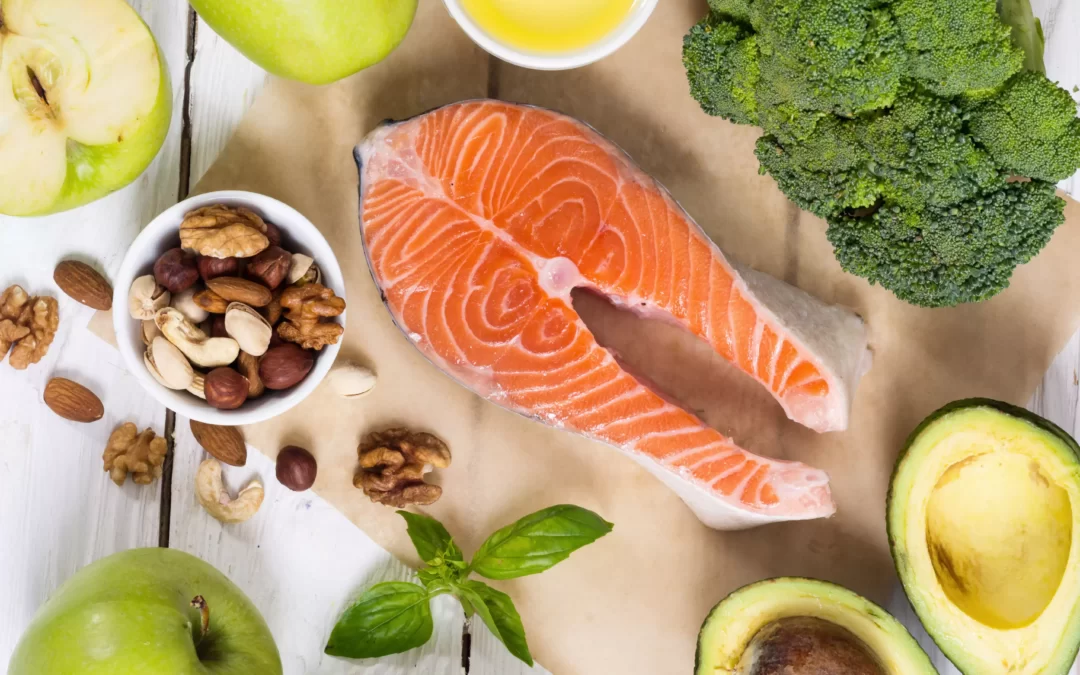
by Team NEWS EXPRESSIONES | Mar 30, 2024 | Health
Understanding Type 2 Diabetes Understanding and Managing Type 2 Diabetes. It is a chronic metabolic disorder characterized by high blood sugar levels. It occurs when the body becomes resistant to insulin or fails to produce enough insulin to regulate blood sugar...

by Team NEWS EXPRESSIONES | Aug 16, 2023 | Fitness
Weight reduction App Weight reduction App. The ReveLife Cellular App is the muse of our complete well-being and health expertise. Take a look at this iPhone net app. Doing the train at the house has the added benefit of understanding without getting the embarrassing...

by Team NEWS EXPRESSIONES | Aug 15, 2023 | Fitness
Best Resistance Exercises for Beginners Intro Resistance Exercises Beginners. Welcome to the blog of Strongback, where the goal is to empower and strengthen the body seamlessly. If you want to upskill and maintain, these simple resistance exercises for beginners are...

by Team NEWS EXPRESSIONES | Aug 12, 2023 | Health
Best Diabetes Foods Welcome to the blog dedicated to the best diabetes foods! If you are concerned about sugar levels but avoid compromising on flavour, you are at the right spot. At Chef Deli, LLC, we recognize the difficulty of searching for meals that not only...

by Team NEWS EXPRESSIONES | Aug 7, 2023 | Fitness
Fat burning workouts. Nowadays, we all know that physical exercise and a balanced diet will do the trick when it comes to losing weight. Fat burning workout is a should to get in shape and stay that way and stay that way. However, keep in mind that any workout can be...






Recent Comments